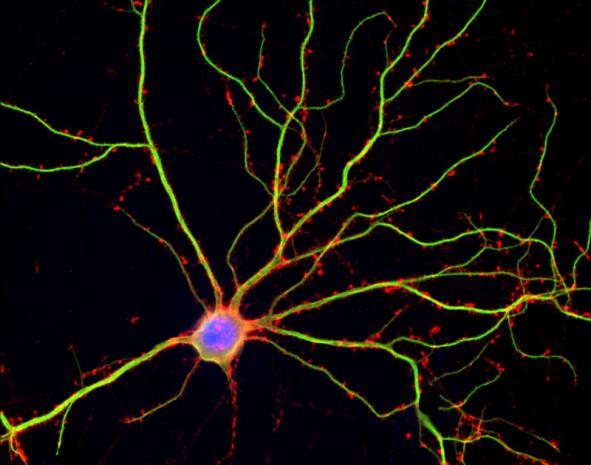
Breaking News
Endless Opportunities on Life's Highway
THE UNCONSTITUTIONAL INCOME TAX
 WOW: Schumer now privately BEGGING to reopen the Gov – Liberal Hivemind
WOW: Schumer now privately BEGGING to reopen the Gov – Liberal Hivemind
 Obamacare's Devastating Legacy: Skyrocketing Costs, Useless Coverage, and Windfall Profits...
Obamacare's Devastating Legacy: Skyrocketing Costs, Useless Coverage, and Windfall Profits...
Top Tech News
 Future of Satellite of Direct to Cellphone
Future of Satellite of Direct to Cellphone
 Amazon goes nuclear with new modular reactor plant
Amazon goes nuclear with new modular reactor plant
 China Is Making 800-Mile EV Batteries. Here's Why America Can't Have Them
China Is Making 800-Mile EV Batteries. Here's Why America Can't Have Them
 China Innovates: Transforming Sand into Paper
China Innovates: Transforming Sand into Paper
 Millions Of America's Teens Are Being Seduced By AI Chatbots
Millions Of America's Teens Are Being Seduced By AI Chatbots
 Transhumanist Scientists Create Embryos From Skin Cells And Sperm
Transhumanist Scientists Create Embryos From Skin Cells And Sperm
 You've Never Seen Tech Like This
You've Never Seen Tech Like This
 Sodium-ion battery breakthrough: CATL's latest innovation allows for 300 mile EVs
Sodium-ion battery breakthrough: CATL's latest innovation allows for 300 mile EVs
 Defending Against Strained Grids, Army To Power US Bases With Micro-Nuke Reactors
Defending Against Strained Grids, Army To Power US Bases With Micro-Nuke Reactors
The brain uses REM sleep to cut unneeded connections

REM sleep is known to help solidify memories, but the mechanism for making memories more permanent is not well-understood. A recent study published in Nature Neuroscience shows that, during REM sleep, some of the structures neurons use to make connections with each other are pruned, while others are maintained and strengthened. The findings indicate that sleep's role in solidifying memories comes through allowing the brain time to selectively eliminate or maintain newly formed neural connections.
Dendritic spines are small outgrowths on a neuron's dendrite, which is the portion of the neuron that receives chemical signals from other neurons. These spines enhance the strength of connections between neurons so they can play an important role in strengthening new neural circuits and solidifying new memories. These spines aren't permanent structures; instead, nerve cells can create new ones or get rid of existing ones (a process called pruning) as the importance of different connections shifts.
The new memories in this case were formed in mice, which were trained to complete a treadmill-like motor task. Then, the mice were either deprived of REM sleep or allowed to experience this form of sleep. The mice that were allowed REM showed significantly higher pruning of new dendritic spines compared to the mice that were REM sleep deprived. This difference in pruning was only seen for new dendritic spines, and previously existing dendritic spines were pruned at the same rate.

 SpaceX Heat Shield and Starship Mass Production
SpaceX Heat Shield and Starship Mass Production

